Antistatic fabric design examples
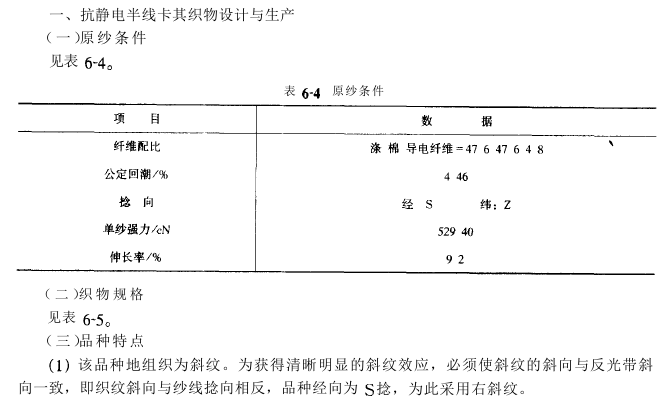
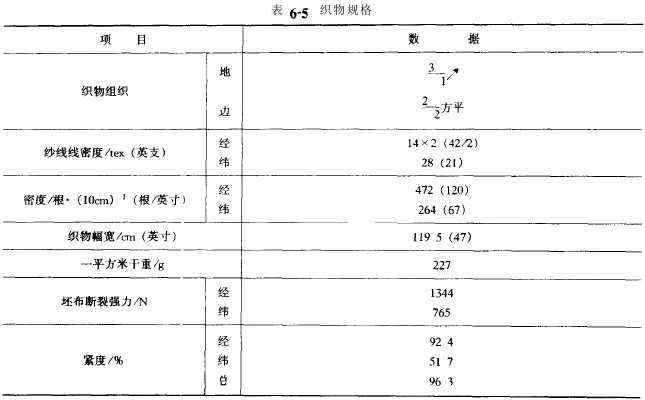
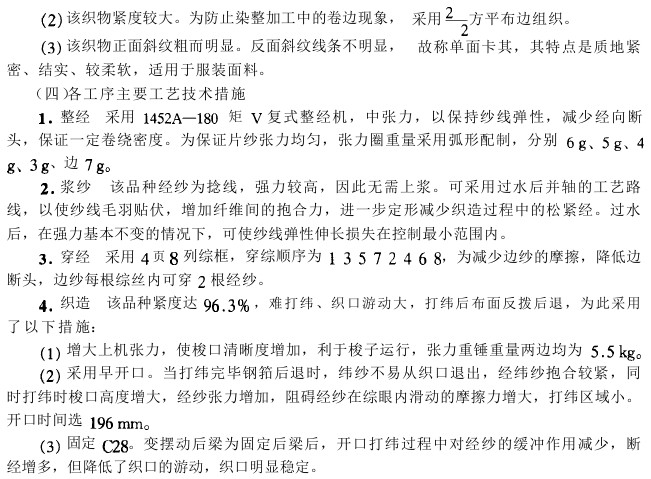
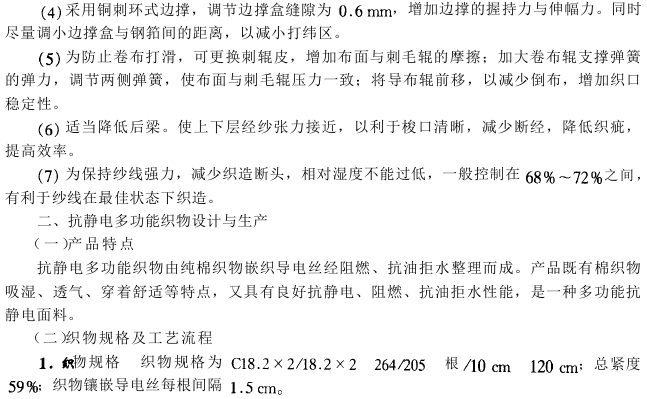
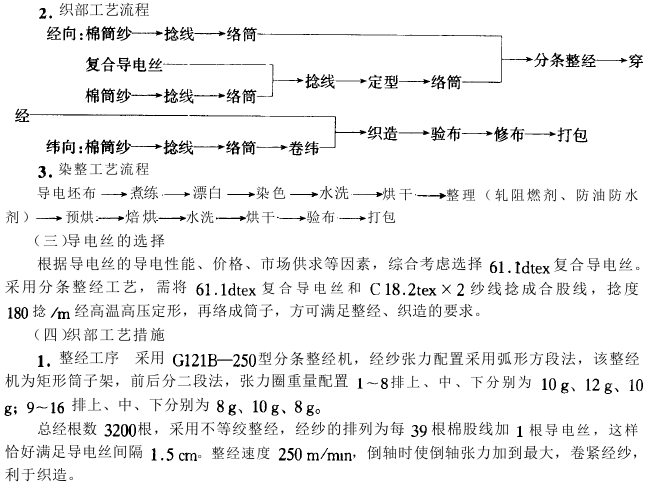
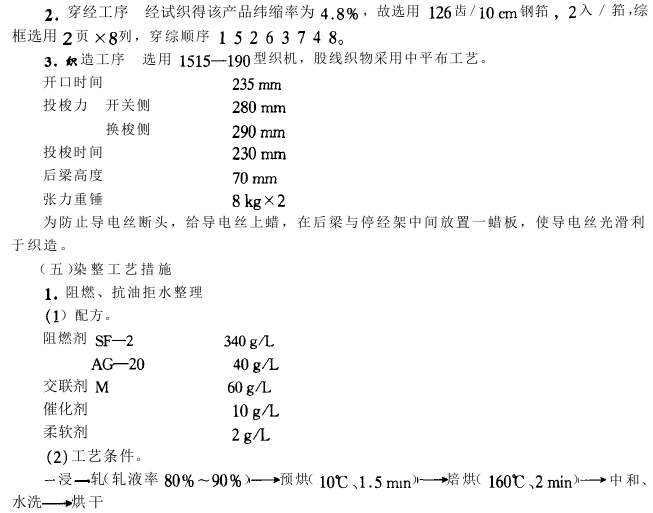
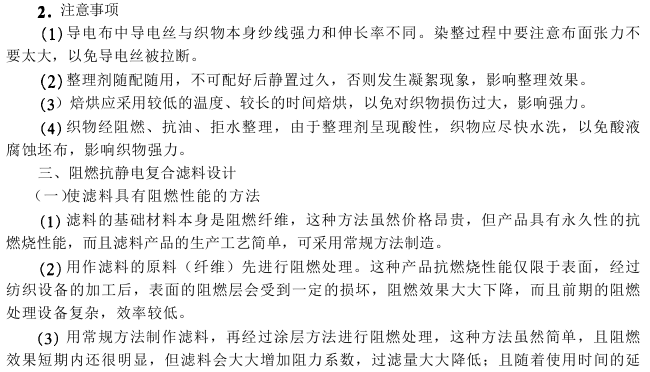
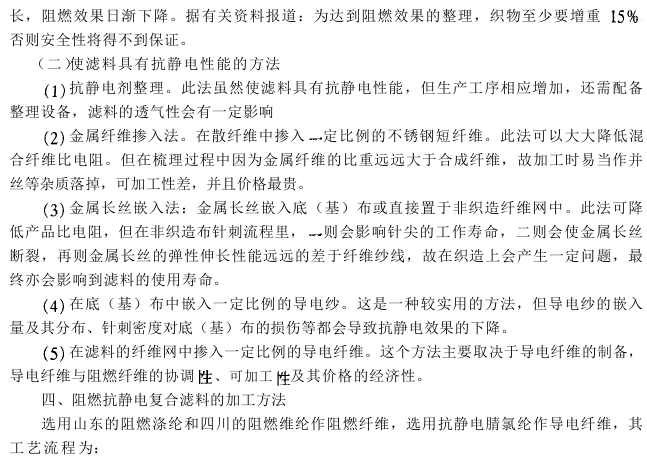
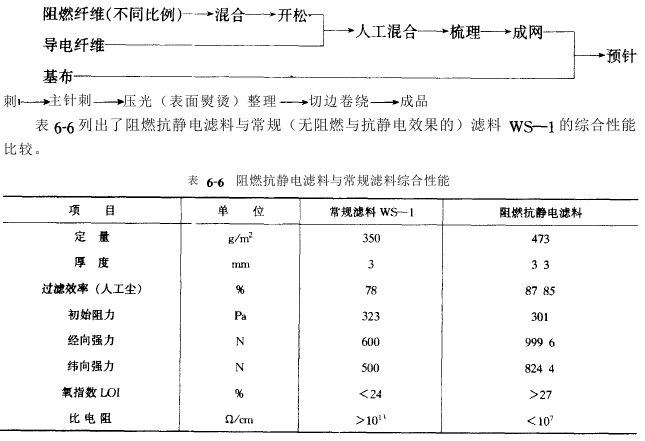
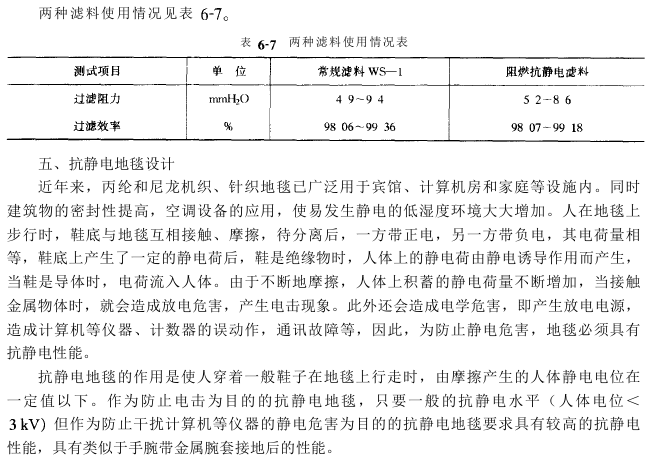
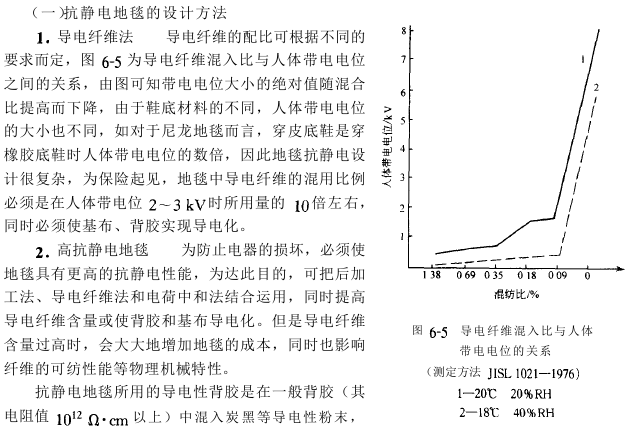
The resistance value is 106~107Ω*cm. The antistatic base fabric can be made from conductive fiber and polypropylene blended chemical fiber fabric.
Due to the conductivity of the back glue and base fabric, the conductive fiber is continuous in any way without interruption.
Based on the conductive fiber method, adding antistatic agent as a supplement, and adding the charge neutralization method, the effect will be better.
3. Antistatic limit of charge leakage method In order to determine the limit that antistatic carpet can reach, copper plates and lead plates with extremely low resistance can be used to measure the charged potential of the human body.
The sole is usually an insulator, and it will be charged when it rubs against metals such as aluminum and copper. The charge on the surface of the sole is discharged and removed on the metal plate, and the internal charge flows into the human body and accumulates. When it reaches a certain potential, it is discharged instantly, reducing the Potential, the result of the measurement is the charged potential of the human body when it reaches a certain equilibrium state. When soles, socks, etc. have poor electrical conductivity and carpets are used as good conductors, static electricity will inevitably be generated. However, it must be noted that the static elimination mechanisms of metal plates and conductive fibers are different.
6. Design of new durable anti-static fabric
This process does not use polymeric organic antistatic agents, nor does it use conductive fibers such as metal or carbon. Instead, it uses a material that can generate conductive materials during the finishing process of the fabric. The inorganic complexing agent of the complex gives synthetic fiber fabrics durable antistatic properties. This method has low cost, simple process operation, high production efficiency, and is suitable for large quantities of polyester-cotton blended chemical fiber fabrics and pure polyester fabrics. The antistatic effect of the fabric finished by this method is not affected by ambient temperature conditions, and the antistatic performance and durability testing have reached or exceeded relevant national standards. At the same time, this method does not have any adverse effects on the feel, style and breathability of the fabric.
(1) Development mechanism
1. Fabric pre-treatment The purpose of fabric pre-treatment is to roughen and polarize the surface of polyester fiber, promote the diffusion of low molecular substances, make it easy to adsorb complexes, and Increase the strength of the bond. At the same time, pre-treatment of the fabric can effectively remove unnecessary oil and impurities, which also helps the complex to be evenly adsorbed.
The pre-treatment of fabrics is achieved through appropriate alkali treatment; the control of alkali treatment is mainly to select different weight loss rates according to different fabrics. Tests and production practices have shown that fabric pre-treatment has an important impact on the durability of the antistatic performance of the finished product. Improper pre-treatment can lead to poor durability of the finished product.
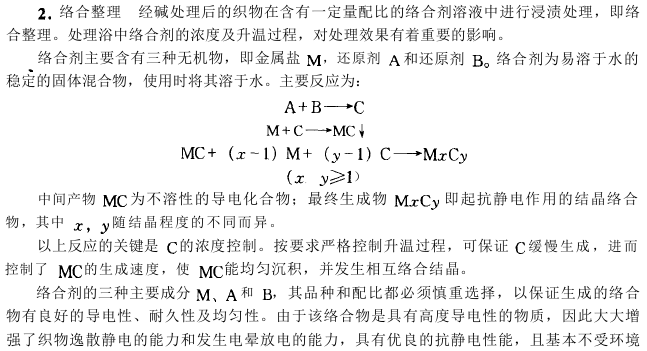

AAADF3RSEGDTHIU





